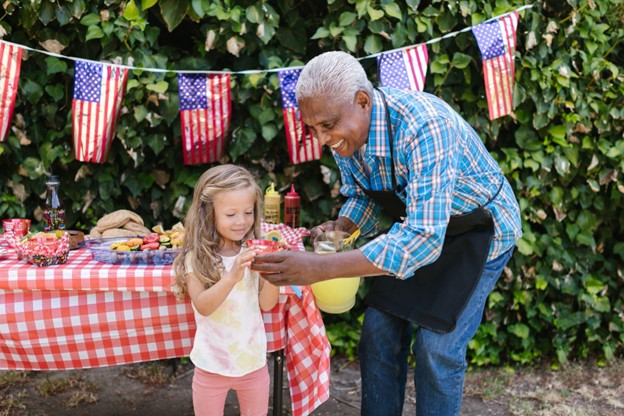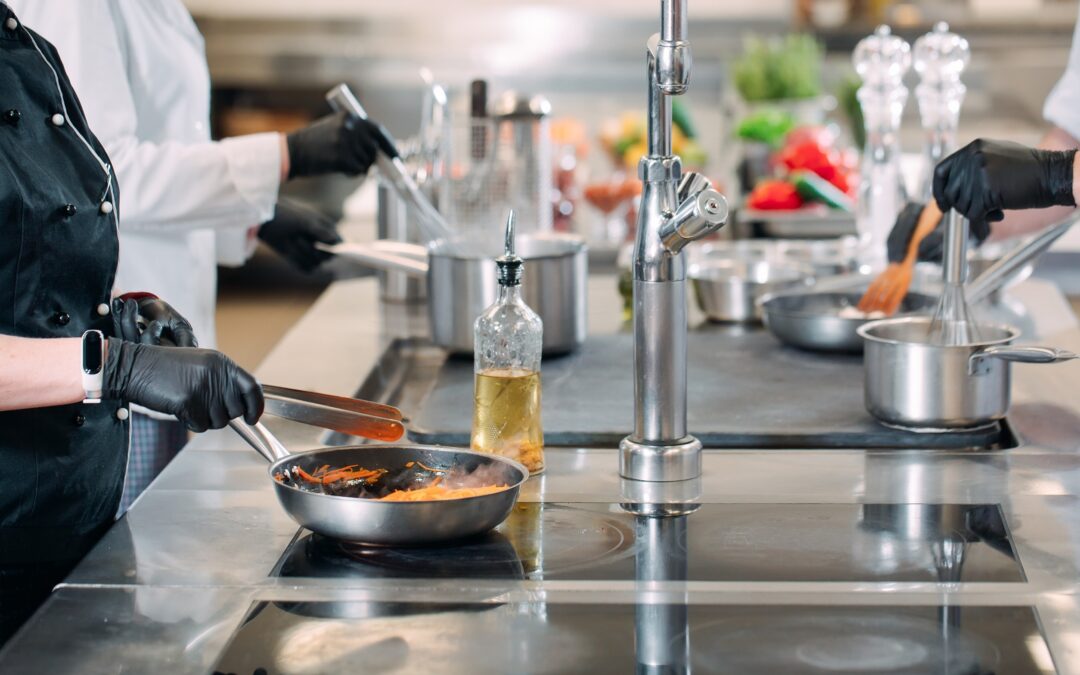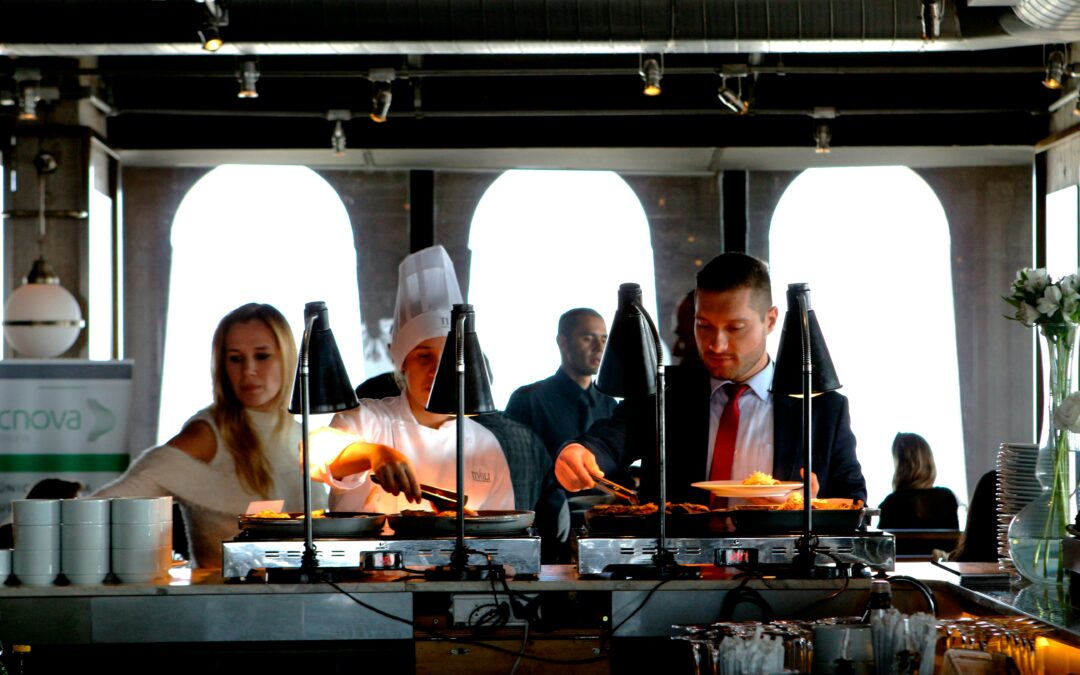The Fourth of July is a special time filled with celebration, togetherness, and delicious food. However, it’s important to prioritize food safety during the festivities to ensure everyone stays healthy and happy. By following a few simple guidelines, you can safeguard your restaurant patrons from foodborne illnesses and make their July 4th celebrations enjoyable and worry-free.
Read on to learn four essential food safety tips to keep in mind during your Independence Day celebrations.
1. Clean
Maintaining proper cleanliness and hygiene is the first step in preventing foodborne illnesses. Start by making sure your staff is washing their hands thoroughly with soap and water for at least 20 seconds before and after handling food.
When it comes to food preparation surfaces, ensure they are cleaned and sanitized. Regularly wash cutting boards, utensils, and countertops with hot, soapy water. If possible, use separate cutting boards for raw meats, poultry, and seafood to avoid cross-contamination. Rinse fresh fruits and vegetables under running water before using them in your dishes as well.
By adhering to these fundamental cleanliness and hygiene practices, you can create a safer and more secure food environment for both your staff and patrons.
2. Separate
Preventing cross-contamination is an essential aspect of upholding food safety standards. Maintain a clear separation between raw meats, poultry, seafood, and ready-to-eat foods such as fruits, vegetables, and salads. For extra separation and less risk of cross-contamination, use different cutting boards, plates, and utensils to prevent the transfer of harmful bacteria.
During a July 4th cookout, establish separate areas on the grill for raw and cooked foods. Use different platters and utensils for transporting raw and cooked items. Ensure that raw meats, especially ground meats, are cooked thoroughly to destroy any potential pathogens.
3. Cook
Having food reach proper cooking temperatures can help eliminate harmful bacteria that can cause foodborne illnesses. Use a food thermometer to make this process that much easier.
The following are the recommended minimum internal temperatures:
- Poultry (including ground poultry): 165°F (74°C)
- Ground meats (excluding poultry): 155°F (68°C)
- Steaks and roasts: 145°F (63°C)
- Pork, veal, and lamb: 145°F (63°C)
Always measure the temperature in the thickest part of the meat, away from the bones. It’s also essential to properly store leftovers. Divide large portions into smaller containers to cool them quickly, and refrigerate them within two hours of cooking.
4. Control
When it comes to outdoor gatherings in warm weather, maintaining proper temperatures for perishable foods is also worth keeping an eye on. Bacteria multiply rapidly in the “danger zone” between 41°F (5°C) and 135°F (57°C).
When serving cold foods like potato salad, coleslaw, and dips, place them on a bed of ice or use serving bowls nestled in larger bowls filled with ice. This will help keep the food at a safe temperature. Remember to discard any perishable foods that have been sitting out for more than six hours or if the food temperature exceeds 70°F (21°C) while being served. Hot foods should be discarded after four hours.
Final Words
By practicing good hygiene, preventing cross-contamination, cooking food thoroughly, and maintaining proper temperatures, you can ensure the health and well-being of your loved ones. Happy Independence Day, and may your celebrations be both enjoyable and safe!
If you’re in the food service industry, it’s important to learn the skills necessary to keep your diners safe, including during Independence Day celebrations. At TSC Associates LLC, we offer ServSafe courses for both food managers and food handlers that will teach you everything you need to know. Reach out to us for more information today!




